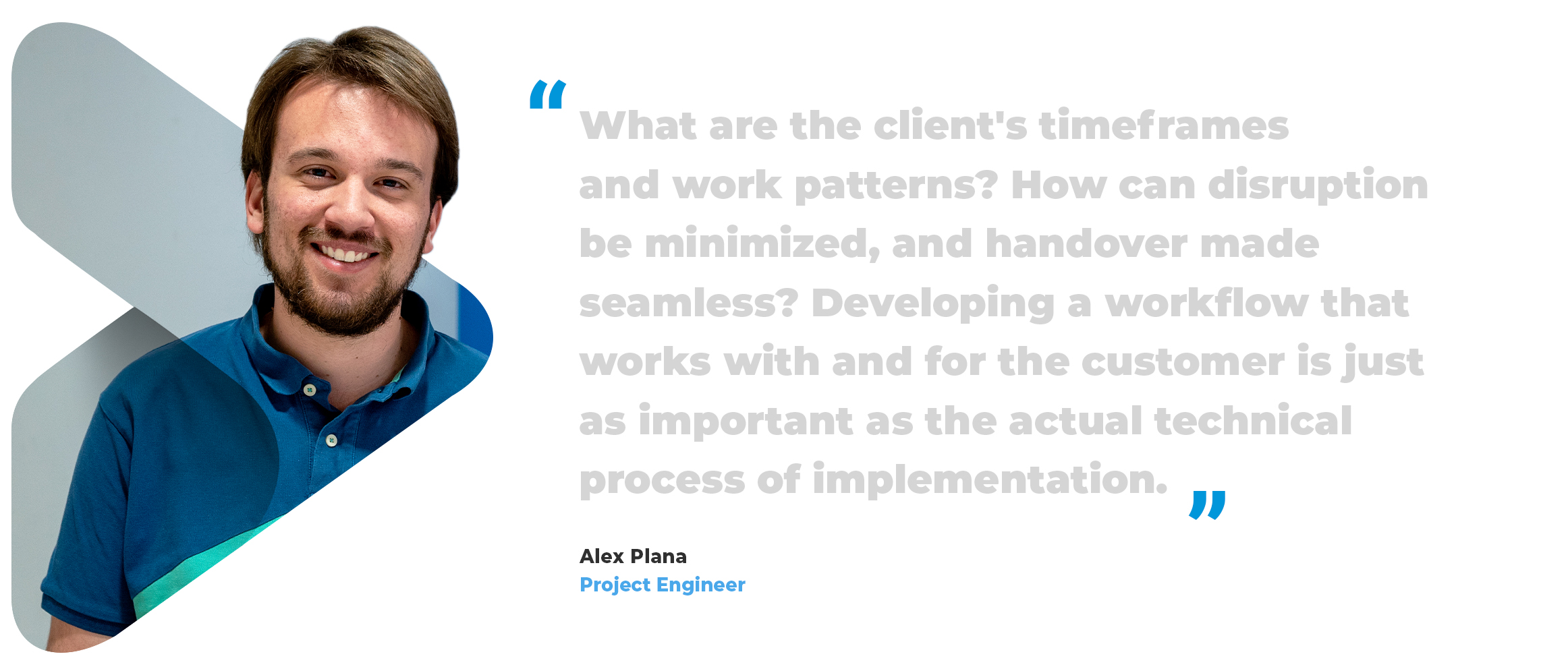A product is only as good as the company that offers it. Think of all those times you’ve loved a product, but refused to buy it ever again. Whether it’s snooty and indifferent sales people, a failure to deliver on what was promised, or a complete lack of after-sales support: a company can live or die on how it conducts itself rather than what it sells.
At VSN, we’ve always been aware of this. ‘Putting the customer first’ may be something of a cliché these days, but all too often – especially in the field of technology – mere lip service is paid to the concept. We don’t pay the idea of customer focus lip service, we live and breathe it.
Innovation and the development of products that truly meet the needs of customers is certainly the core of what we do, but that’s not enough. In the field of media solutions, there is no ‘one-size-fits-all’ product. So, regardless of how innovative our products are, if we don’t truly listen to the needs of our customers, then we’re already fighting a losing battle. The right product is only the right product when it’s put in the hands of the right customer, and supported throughout. Otherwise, it’s simply wrong, no matter how many bells and whistles it has.
With this in mind, we present the third and last part (you can find the first and second part here) of a behind-the-scenes tour of VSN’s offices to discover how our team members work to offer a unique customer experience. To do so, let us introduce you to the last of the three key members of our team.
Project deployment: Álex

After liaising with sales to ensure that all expectations are outlined and everybody is on the same page, then it’s time for me to meet with the client. I’m the person who is going to turn our promises into reality.
But meeting our technology promises is only half the game. The thing to remember is that even though what I’m implementing is technological, the actual process of implementation is driven heavily by logistics. What is the physical nature of the client’s building? What are their timeframes and work patterns? How can disruption be minimized, and handover made seamless? Developing a workflow that works with and for the customer is just as important as the actual technical process of implementation.
It isn’t a case of ‘whack the system in and walk off’. We start with a roadmap and a workflow, but the process as a whole is evolutionary in nature – a process of dialogue, negotiation and exploration together. The efficacy of our pre-sales and sales process – designed as it is to make sure everybody is on the same page from the beginning – generally minimizes project hiccups. But a project is almost a living, breathing thing, so accommodating change and new understandings along the way is simply inevitable. It’s this part of the job that I love; critical thinking, problem solving, and working together to find solutions.
Indeed, I’m proud of how closely I’m able to work with clients. The relationship ends up being so close that it almost becomes funny. Every member of the VSN team is equally knowledgeable and capable, but I’ve had more than a few clients who simply won’t agree on things when they are referred to my colleagues unless they know that I specifically have signed off on them and agree them to be the right course of action. I am proud because I think that’s a huge testament to how much of a personal relationship is developed over the course of the project.
System training is an adaptive process
Then comes systems training. VSN products have the advantage of being incredibly intuitive to use, but a part of making the handover process seamless is ensuring that users can hit the ground running when they finally move to ‘on air’ status. The thing to remember is that multiple different stakeholders will end up working with the product; all with varying levels of technical know-how. This means that training is very much an adaptive process; you can’t just sling a user manual at them and be done with it: just as with every stage of the VSN project process, you work with the client, not at them.
After this, the client is up and running, and in theory the process is finished. However, I work closely with the support team to make sure that the project is transferred successfully. It’s rarely needed, but should post-implementation support be required, then the whole team is well-versed in the history and nature of the client and the project process, and is ready to offer help as required.
Subscribe to our newsletter to stay on top of our updates